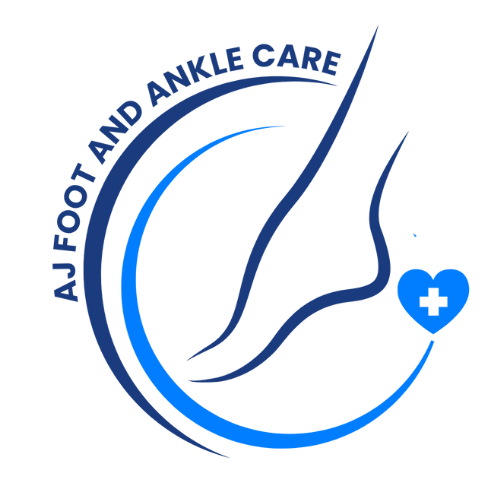Bunions & Hammertoes
Bunions and hammertoes are common foot deformities that can cause pain, limit mobility, and affect your ability to wear shoes comfortably. While they often develop gradually, both conditions can become more painful over time if left untreated. Fortunately, early care can relieve symptoms and prevent progression.
What Is a Bunion?
A bunion is a bony bump that forms on the side of the foot at the base of the big toe. It develops when the big toe starts to lean toward the second toe, pushing the joint outward. Over time, the bunion may become red, swollen, or painful, especially when wearing tight or narrow shoes.
Common signs of a bunion include:
-
A visible bump at the base of the big toe
-
Swelling, redness, or tenderness around the joint
-
Pain while walking or wearing shoes
-
Restricted movement of the big toe
What Is a Hammertoe?
A hammertoe is a deformity that causes one or more toes to bend downward at the middle joint, creating a hammer-like appearance. It most often affects the second, third, or fourth toes and can be flexible or rigid depending on the severity.
Hammertoes are often caused by muscle imbalance or wearing shoes that are too tight. Over time, the toe may become stiff, painful, and develop corns or calluses due to pressure.
Common symptoms of hammertoes include:
-
A bent or curled toe
-
Pain or irritation while wearing shoes
-
Corns or calluses on the top or tip of the toe
-
Limited flexibility in the affected toe
Causes and Risk Factors
Both bunions and hammertoes can be caused by a combination of genetics, footwear, and foot mechanics. Contributing factors may include:
-
Inherited foot structure
-
Tight or narrow shoes
-
High heels that shift weight to the front of the foot
-
Arthritis or joint inflammation
-
Previous foot injuries
-
Flat feet or abnormal gait
Diagnosis
A foot and ankle specialist will evaluate your symptoms, perform a physical exam, and may use X-rays to assess the severity of the deformity. Early diagnosis can help guide conservative treatment and avoid long-term damage.
Treatment Options
Non-surgical treatments are often effective in managing symptoms, especially in the early stages. These may include:
-
Wearing shoes with a wide toe box and low heels
-
Using custom orthotics to support proper alignment
-
Padding or taping to relieve pressure
-
Anti-inflammatory medications to reduce pain and swelling
-
Toe exercises to maintain flexibility
-
Splints or toe spacers
If pain persists or the deformity worsens, surgical correction may be recommended. Surgery can realign the toe, remove bone or tissue, and restore function. Your provider will discuss the best approach based on your condition and activity level.
When to Seek Care
You should schedule an appointment if:
-
You have ongoing pain in the front of your foot
-
Your bunion or hammertoe is interfering with daily activities
-
Shoes no longer fit comfortably
-
You notice swelling, redness, or signs of infection
Addressing bunions and hammertoes early can prevent complications and improve your comfort and mobility.
About Dr. Mansoori
Dr. Jasmin Mansoori is a board-certified podiatrist known for her compassionate approach, clinical expertise, and commitment to delivering thoughtful, patient-centered care.
Quick Connect
office@ajfootanklecare.com
469-398-1972
737-247-7483
2301 Ohio Dr., Ste 182
Plano, TX 75093
Office Hours
Mon-Fri : 9AM – 5PM
© 2025 AJ Foot and Ankle Care. All rights reserved.
